1. Definition and Hierarchical Relationship
Working Pressure
Refers to the maximum instantaneous pressure that the valve can withstand in the actual operating conditions, which is affected by dynamic factors such as medium temperature and flow fluctuation.
The corresponding temperature must be indicated (such as Pt represents the pressure when the operating temperature is t ℃).
Design Pressure
The maximum pressure that the valve can withstand, determined in the design stage, covers extreme conditions (such as water hammer, pressure peak).
Calculation relationship: Design Pressure = 1.5 × Working Pressure (conventional safety factor).
Nominal Pressure (PN)
Standardized pressure level (such as PN16, PN40), represents the pressure resistance of the valve at the reference temperature (250°C for steel valves).
Numerically ≈ Design Pressure (rounded).
Test Pressure (Test Pressure)
Factory test pressure to verify sealing and strength: Strength test pressure ≥ 1.5 × nominal pressure Seal test pressure ≥ 1.1 × nominal pressure
2. Key Logic Chain
Working Pressure >Design Pressure
Safety redundancy principle: The design pressure must cover the fluctuation and emergency of the working pressure (such as water hammer, temperature change), usually 1.5 times the working pressure.
Dynamic correction: If the medium temperature exceeds the reference value (such as 250°C for carbon steel valves), the design pressure needs to be adjusted according to the material strength attenuation coefficient.
Design Pressure >Nominal Pressure (PN)
Standardization processing: The design pressure corresponds to the standard pressure level (such as PN16, PN25) after rounding, which is convenient for product selection and interchangeability.
Reference temperature association: The PN value corresponds to the pressure resistance of the material at the reference temperature by default (such as PN=design pressure at 20°C).
Nominal Pressure > Test Pressure
Strength verification: The test pressure is 1.5 times PN to ensure that the valve does not break under extreme conditions.
Sealing verification: The sealing test pressure is 1.1 times PN to check the leakage risk of long-term operation.
3. API Valve Application Points
| Parameters |
Application |
API Standard Requirements |
| Working Pressure |
Daily Operation Control |
It should be lower than the design pressure and mark the temperature |
| Design Pressure |
Type Selection and Safety Boundary Setting |
≥1.5 Times Working Pressure |
| Nominal Pressure |
Product Grade Identification |
Design pressure equivalent to material base temperature |
| Test Pressure |
Factory Inspection (API 598) |
≥1.5 Times Nominal Pressure (Strength Test) |

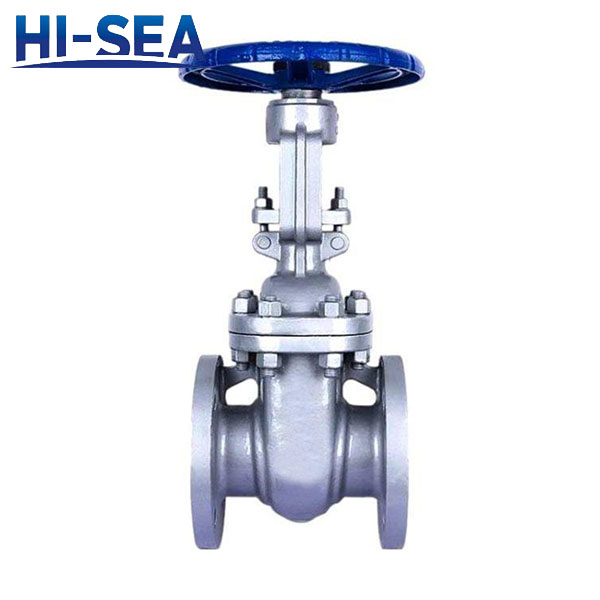

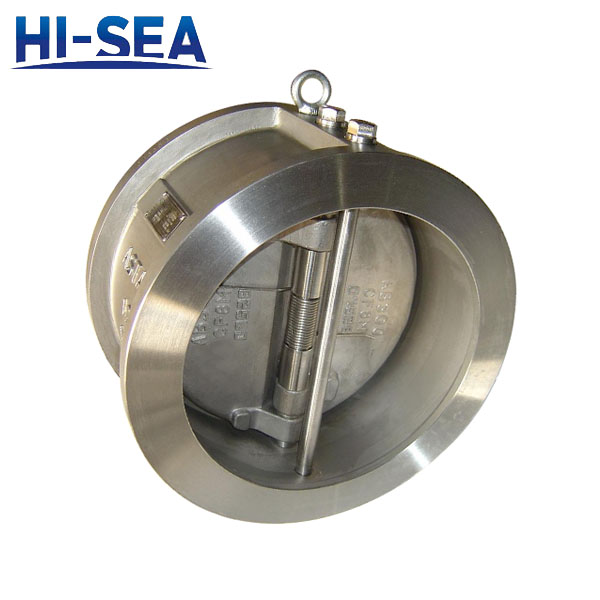
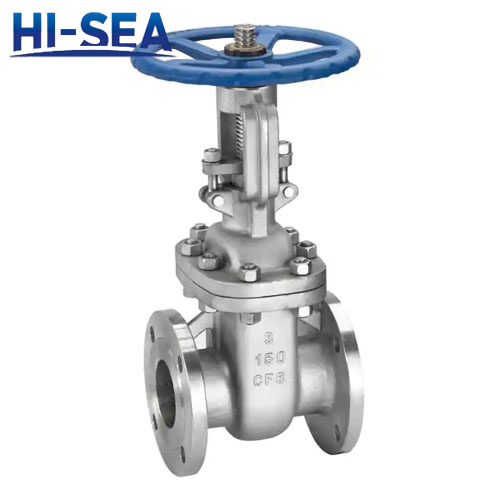
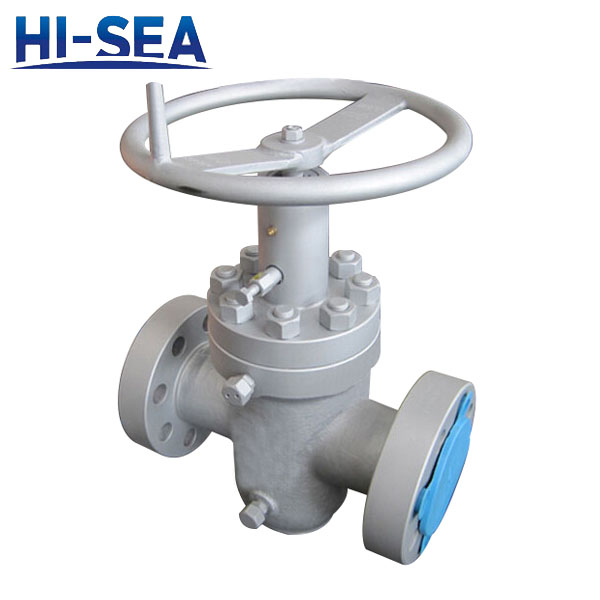
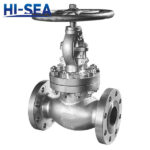 Main Material of API Valve
Main Material of API Valve What is the difference between a rising stem gate valve and a non rising stem gate valve?
What is the difference between a rising stem gate valve and a non rising stem gate valve?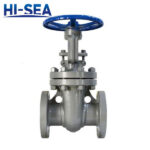 API Valve Fire Test
API Valve Fire Test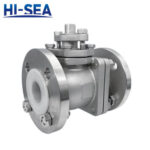 What is the difference between PTFE and RPTFE?
What is the difference between PTFE and RPTFE?